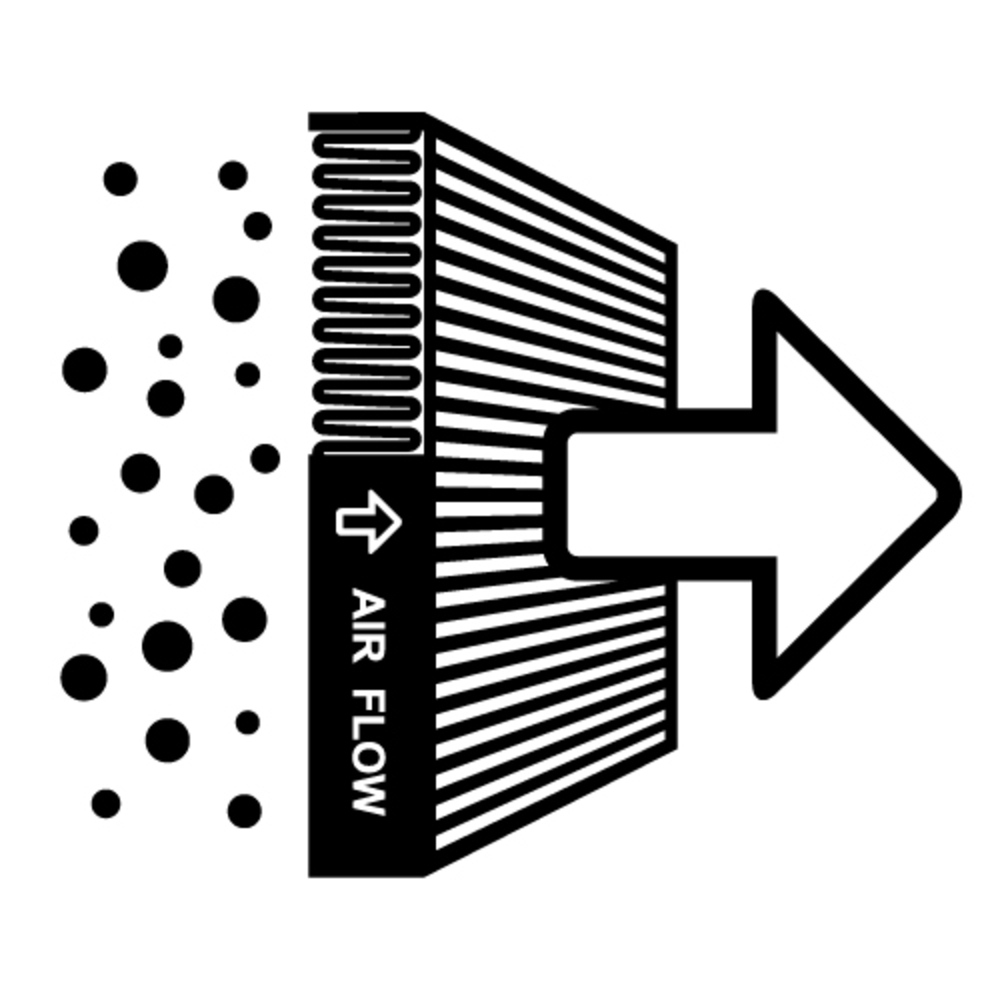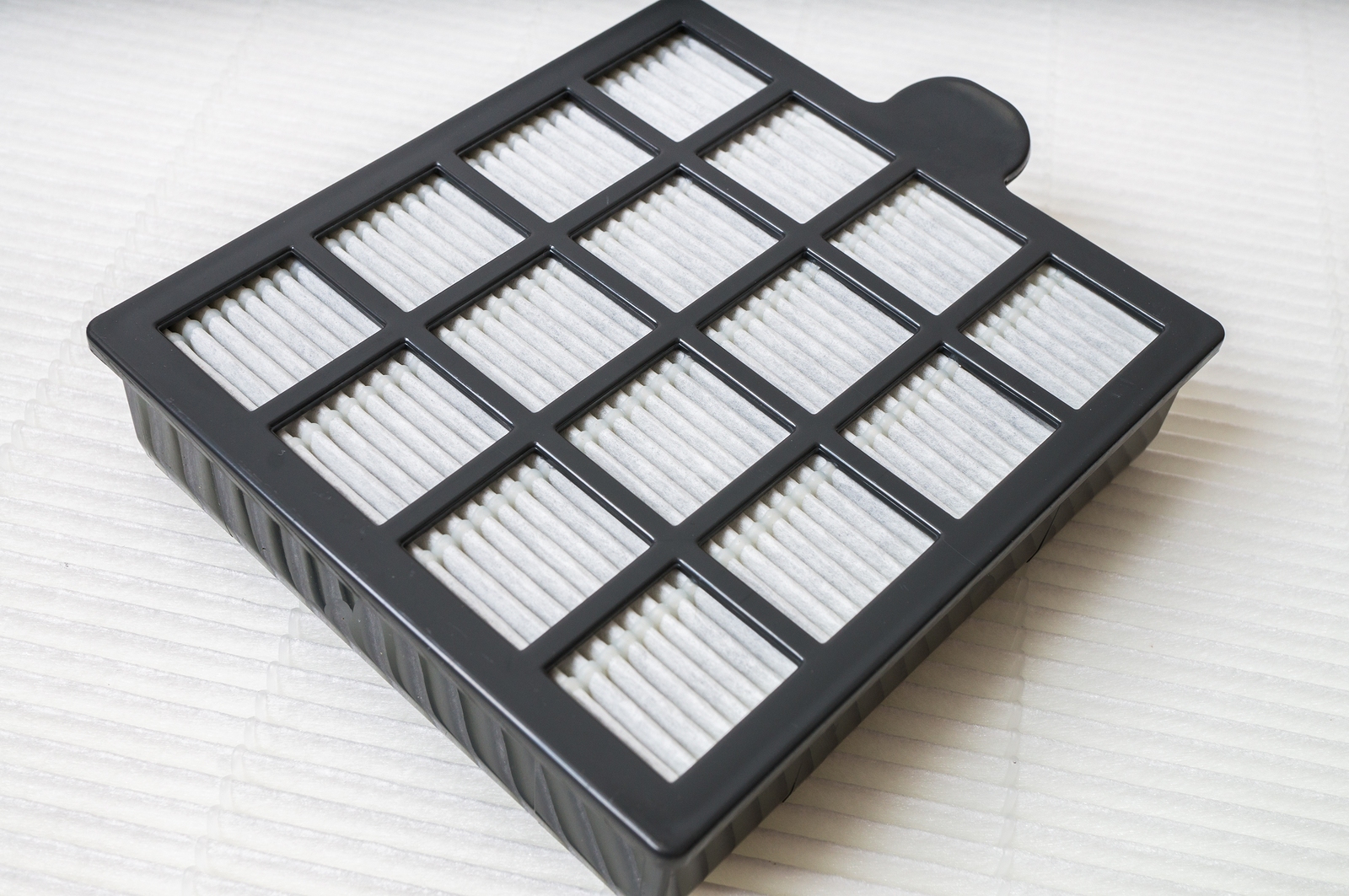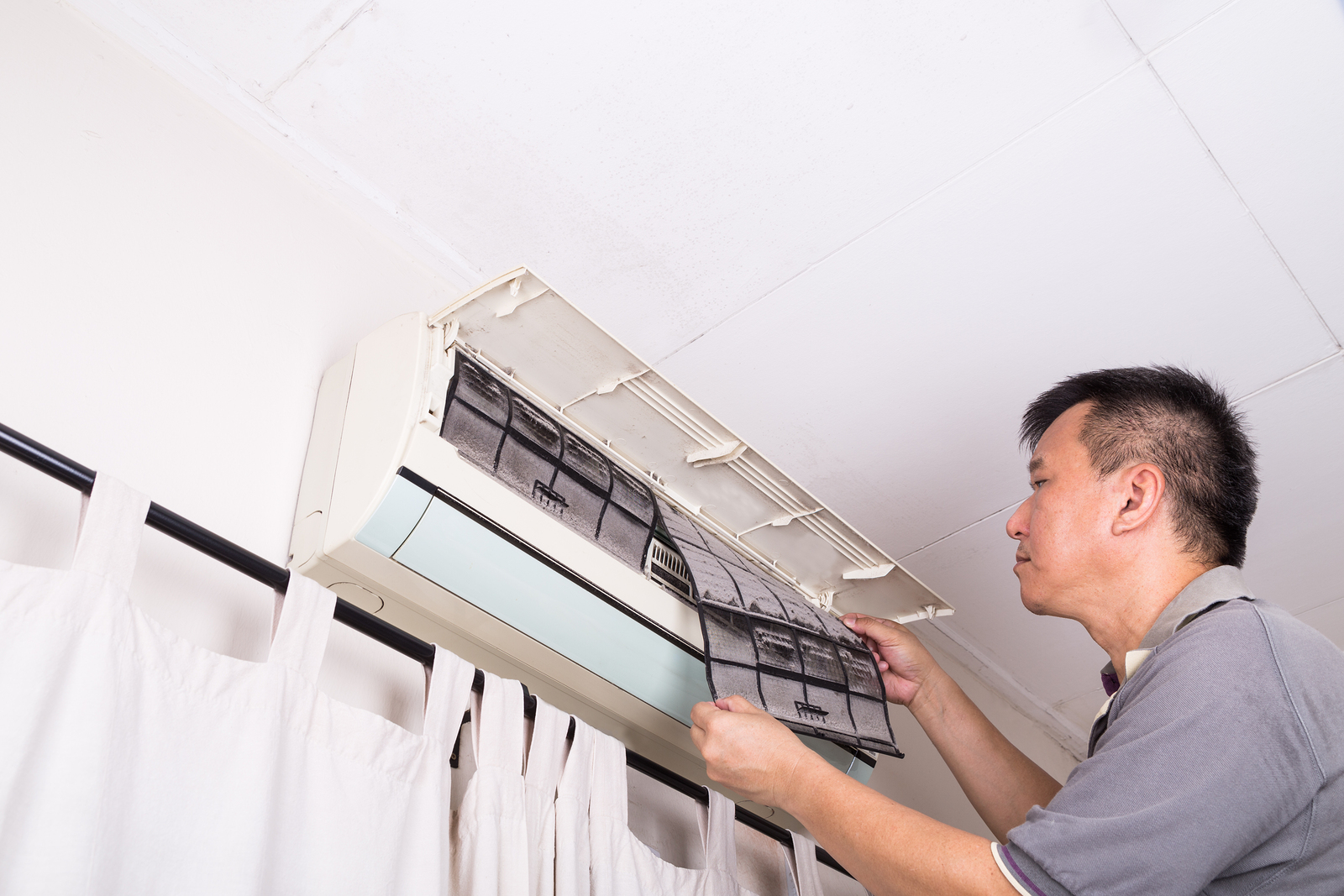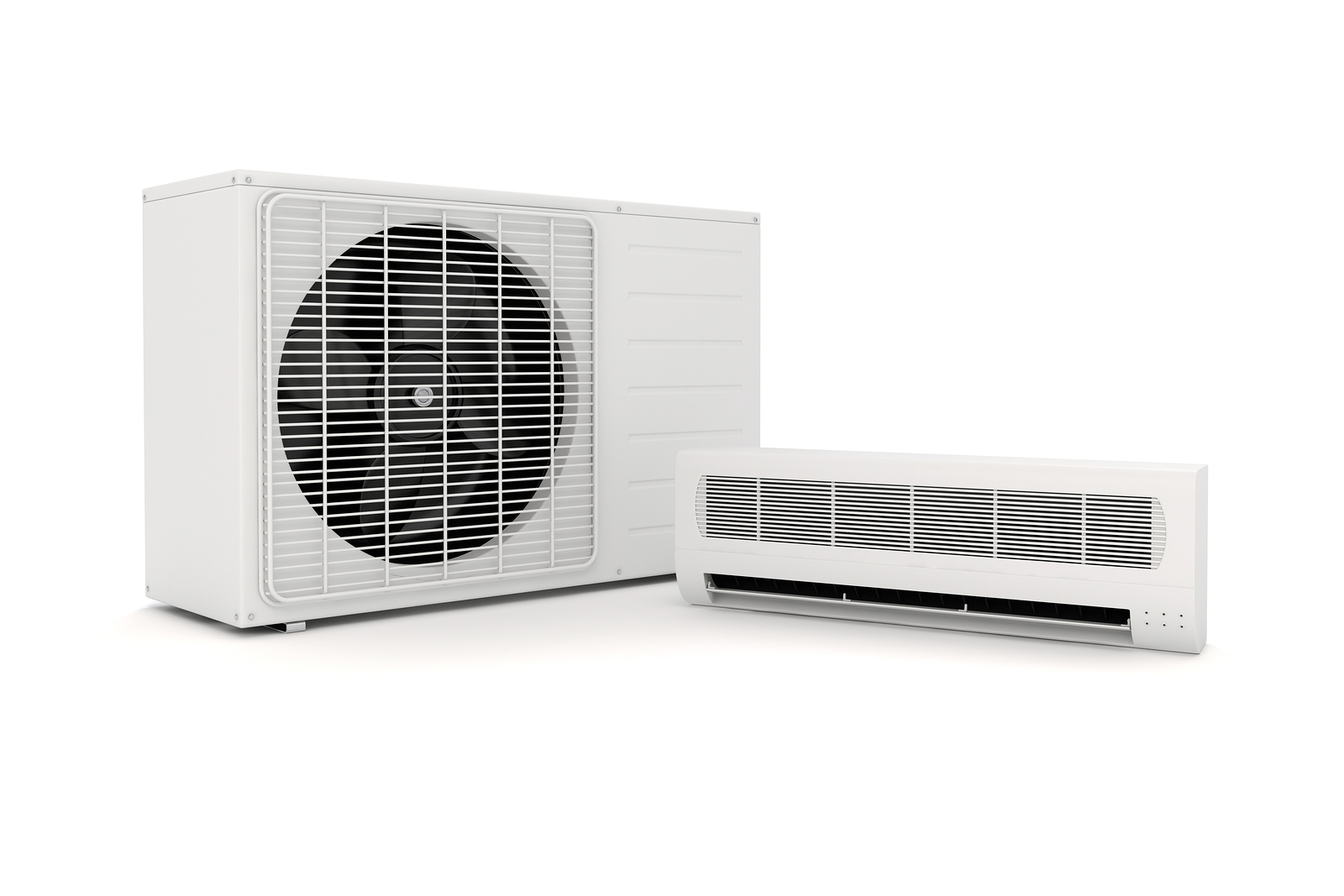Breathing can be unhealthy and difficult when airborne particles of dust, toxins, and airborne viruses all around us. Common home heating and air conditioning systems have filtration systems that might be somewhat limited to larger particles in the air and not filter out other pollutants within the home itself. That's why an increasing number of homeowners have decided to use ultra-clean HEPA filters, either as stand-alone air purifiers or by modifying their furnaces to accept true HEPA filtration. These ultra-efficient filters have been traditionally used in hospitals and other extremely clean manufacturing facilities to keep particles as low as .03 microns out of the air flow.
Medical experts agree that people suffering from allergies would benefit from having HEPA filters in their home heating and air conditioning units. However, before you get started with the hammer and saw, it pays to do a little bit of research on what it takes to have a HEPA filter in your home and whether or not your furnace will be efficient enough to handle one of these filters.

Photo by Roman Sotola on Shutterstock
What is a HEPA Filter?
HEPA filters are made from mats of assorted textiles composed of fiberglass that are spaced in such a way that it traps various sizes of particles as air flows through the filter. With HEPA filters the spaces between the fibers are extremely small and can trap allergens and some viral organisms. This is why hospitals and clean electronic manufacturing facilities use HEPAs to keep dust and contamination away from patients and sensitive machinery. Within the home a traditional forced air furnace has filtration in the air return as furnaces will pull air from the room and heat or cool it before redistributing it back into the room via the furnace vents. There are many parts of that system that could be filtered but all these scenarios depend upon what type of heating and air conditioning system is installed in the house and what type of air flow force is coming in and going out of the air handling unit.

Photo by vchalup on Adobe Stock
Professional Installation Required
As most home air conditioning and heating systems are not set up to use true HEPA filters, the installation of one is definitely a professional job. The increase of airflow resistance can cause problems with the air handler motors and even the ductwork. In the industrial world air handlers that use HEPA filters can exchange the air in a room over seven times a second. This is multiple times more powerful than the average home heating and air conditioning system. So whatever home units are used have to be upgraded in many ways, all the way from the fan to the intake ductwork. This is not a weekend DIY job of any sort to be tackled by an amateur. If a homeowner is thinking about using a true HEPA filter in their home heating system, professional heating and cooling expert consultation is recommended.

Photo by ThamKC on Adobe Stock
Stand Alone HEPA Room Filters
There are several manufacturers of stand-alone air filtration systems, and many use HEPA filter technology. These units usually cover the area of one room and can be moved from one area to the next quite easily. These units vary in price but most are fairly inexpensive in comparison to redoing an entire heating and air conditioning system. To find out just exactly how efficient a unit is one can check the efficiency rating according to the Association of Home Appliance Manufacturers. These ratings look at what is called Clean Air Delivery Rate or CADR which measures the speed in which the air is cleaned, and they also rate the Minimum Efficiency Reporting Value or MERV to check the amount of particulate collected by the unit. The most efficient units had a typical MERV higher than 10 on the AHAM scale. When choosing these stand-alone units it pays to find out what kind of efficiency the device has and how large of an area these filtration systems can handle.

Photo by Digital Genetics on Shutterstock
Breathe Easier with a HEPA and a Good House Cleaning
Despite the extra cost, if allergens are a problem in people’s lives having a true HEPA filter installed can bring much needed relief for those that suffer from allergies and breathing problems. There are home procedures that can be used along with adding a filtration unit to help eliminate the particulate that causes individuals so many problems. First, the home must be cleaned regularly to eliminate dust and outside contamination. Particularly if you own pets, a weekly vacuuming can help to rid the house of much of the debris that gets sucked into a regular furnace return duct. Next try to replace as many carpets as possible with wood or tile flooring. If carpet is used, try to pick a brand that is hypoallergenic and will not absorb allergen and dust particles from shoes and clothing. There are many things that can be done in the average home that can help reduce dust and other particles to make it much easier for everyone to breathe. Following these suggestions along with the addition of a HEPA filter in the home can truly be a breath of fresh air for the whole family.

Photo by Syda Production on Adobe Stock





































